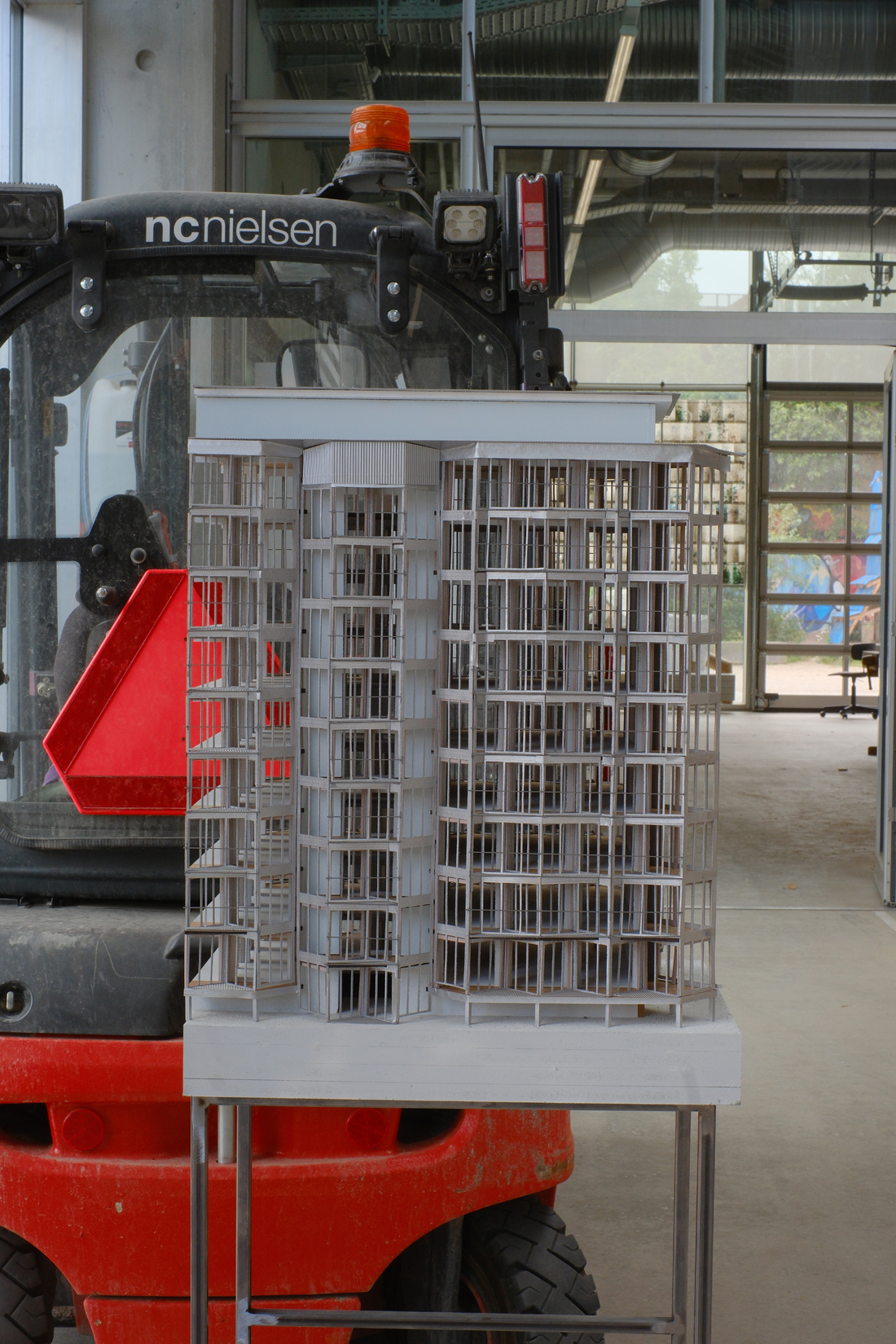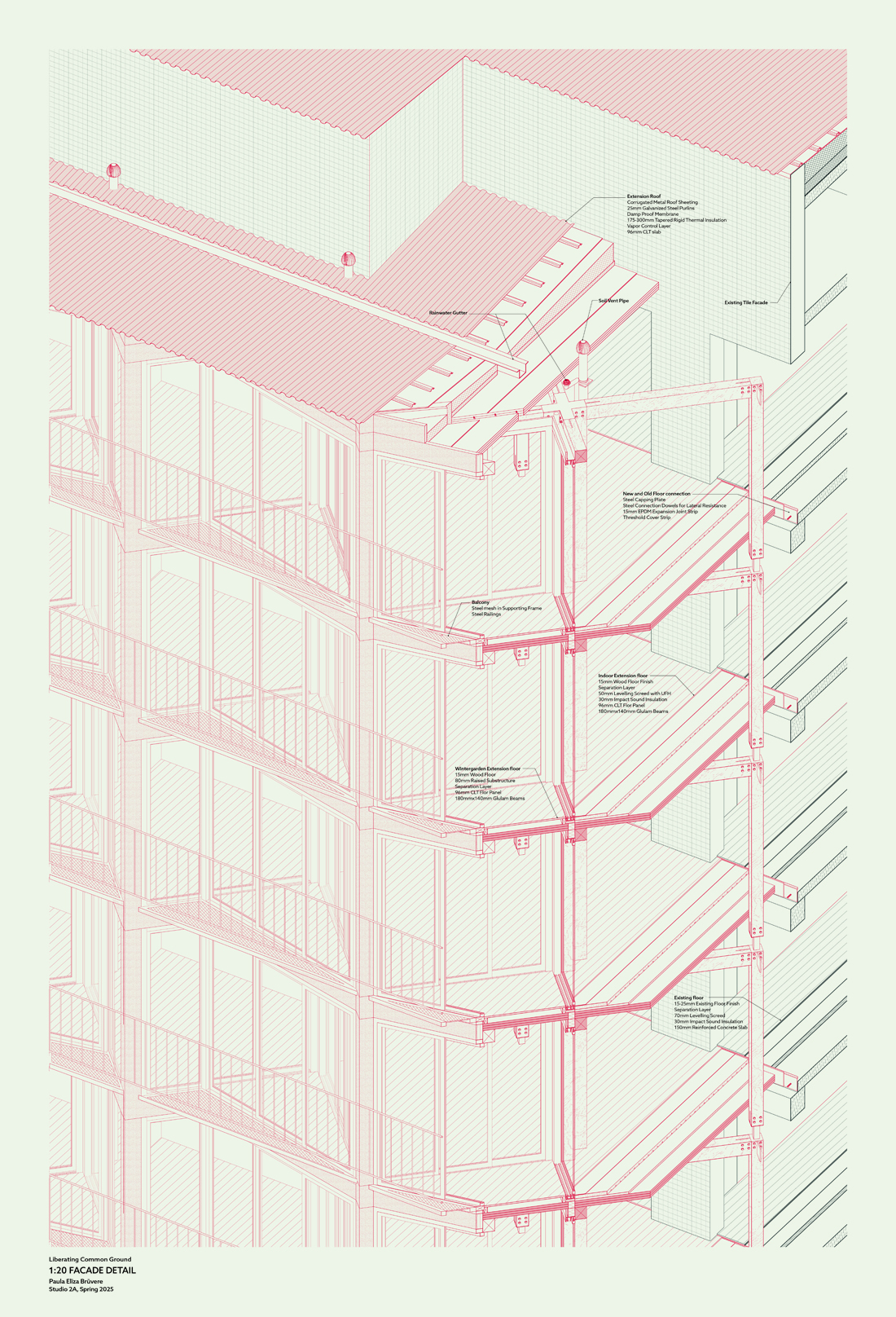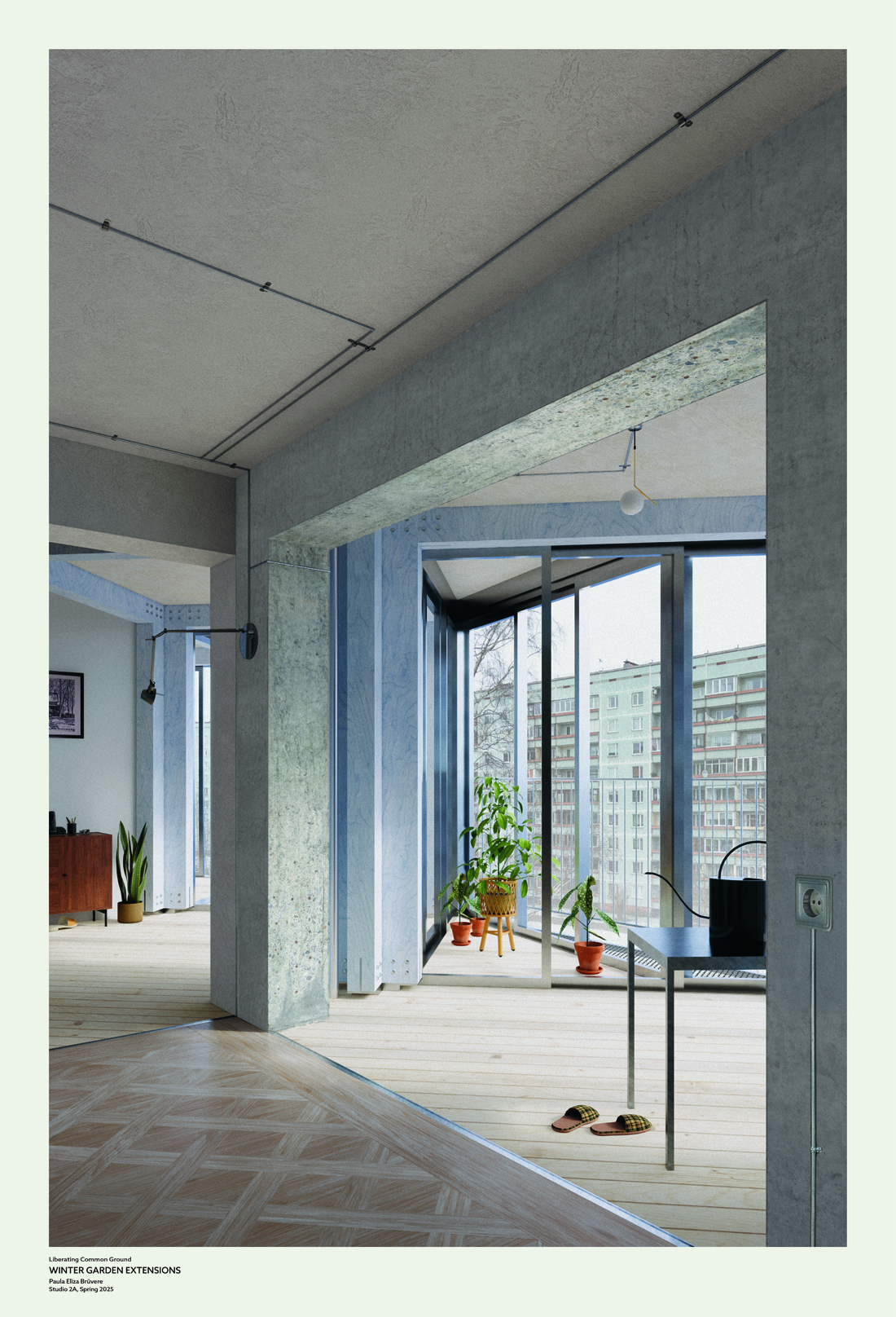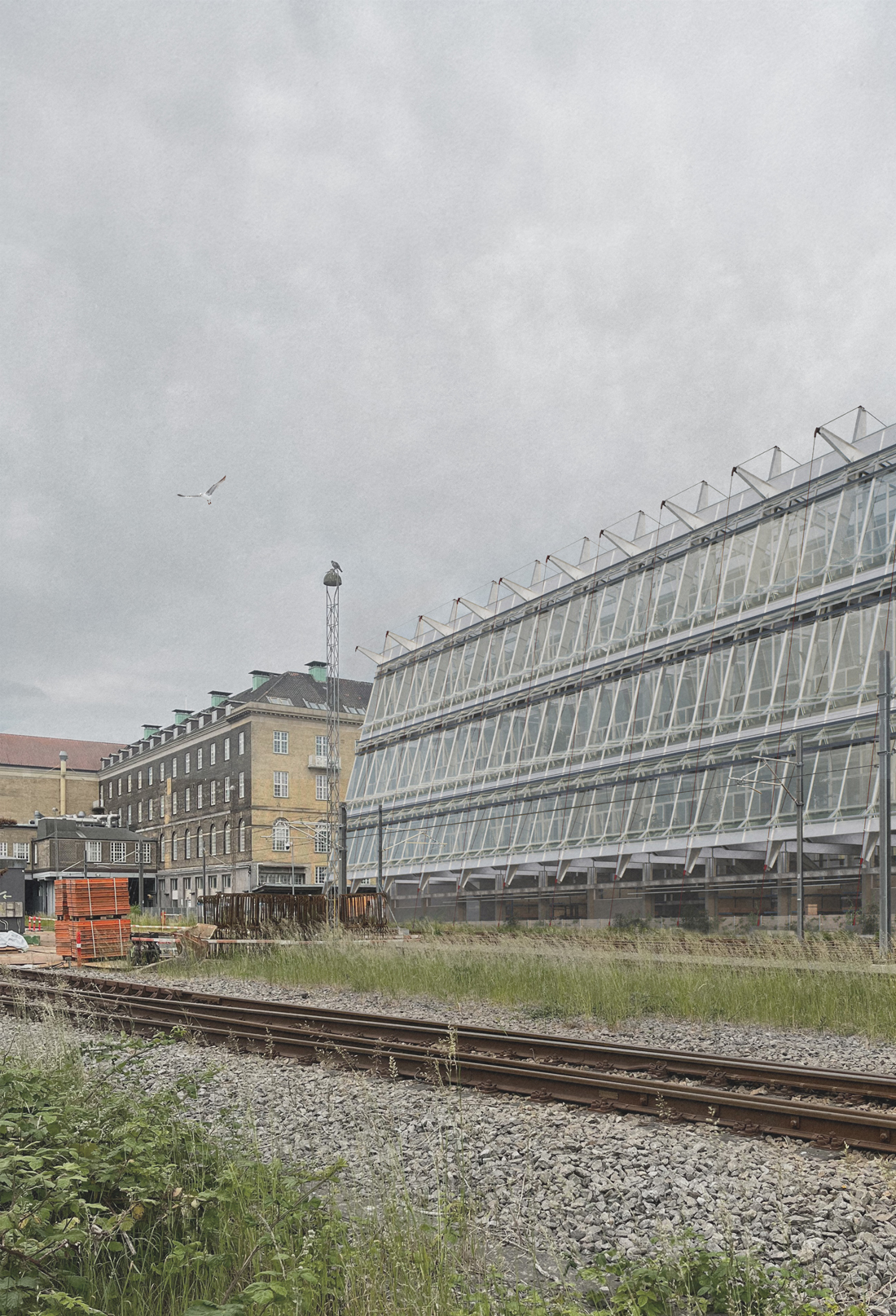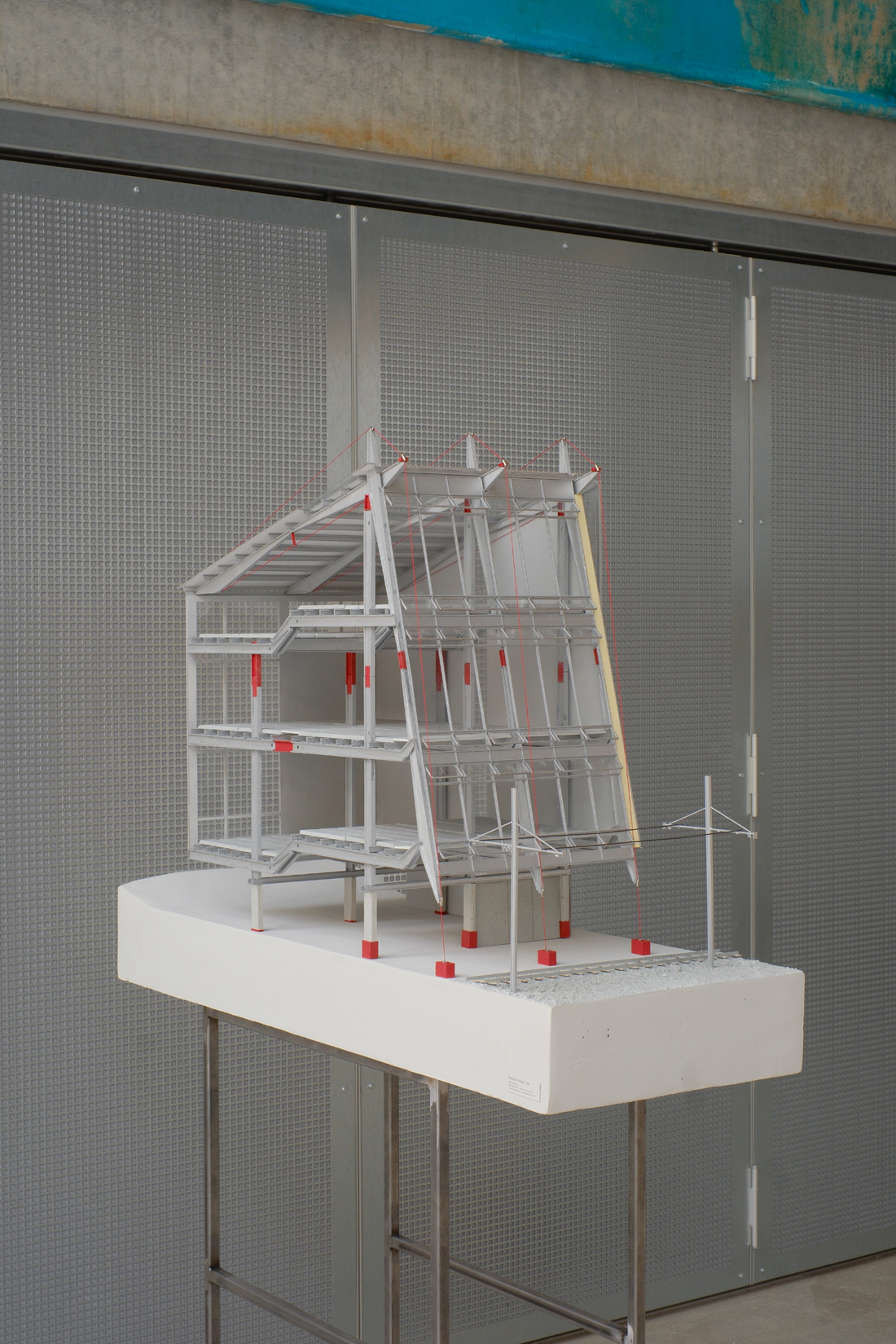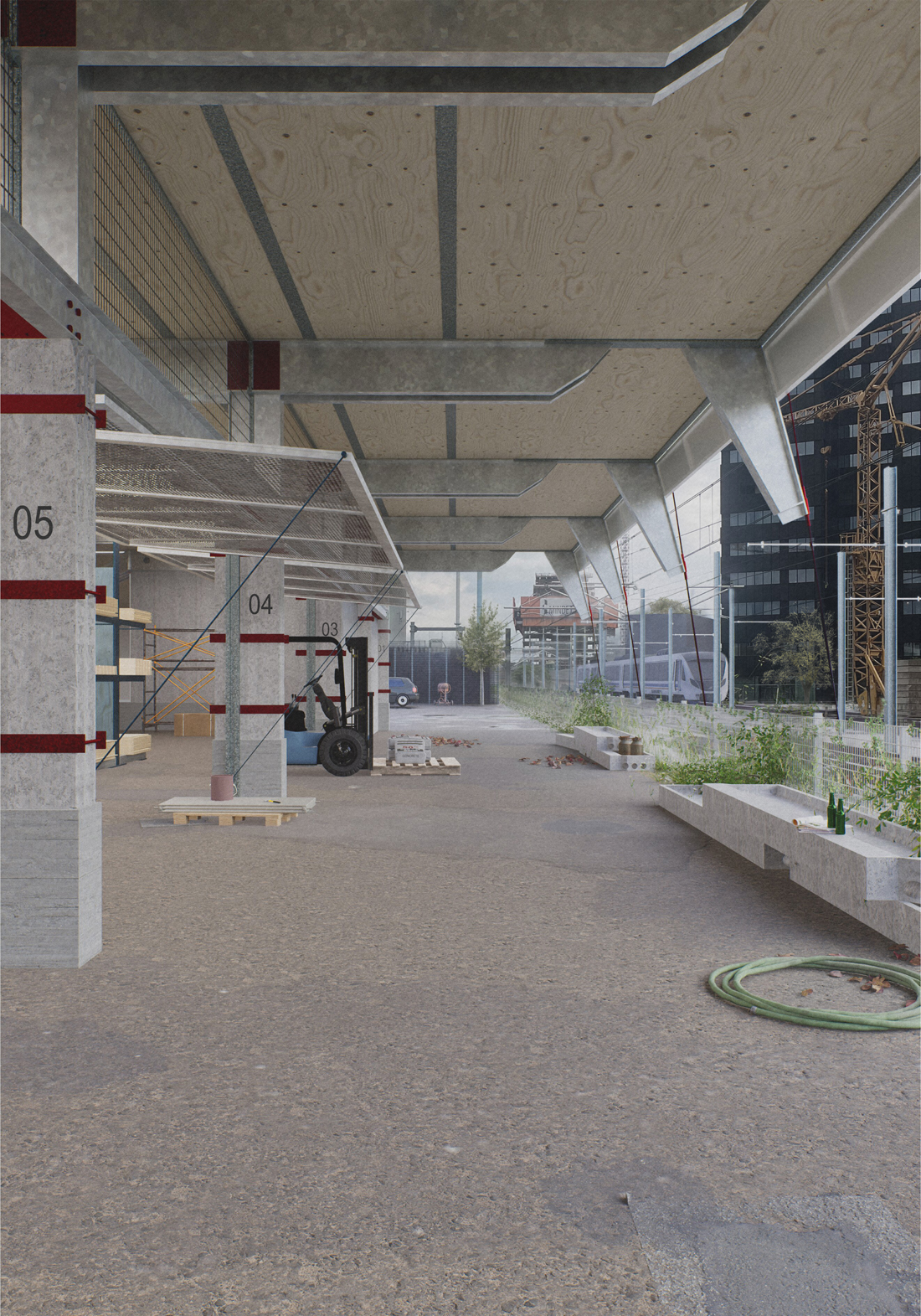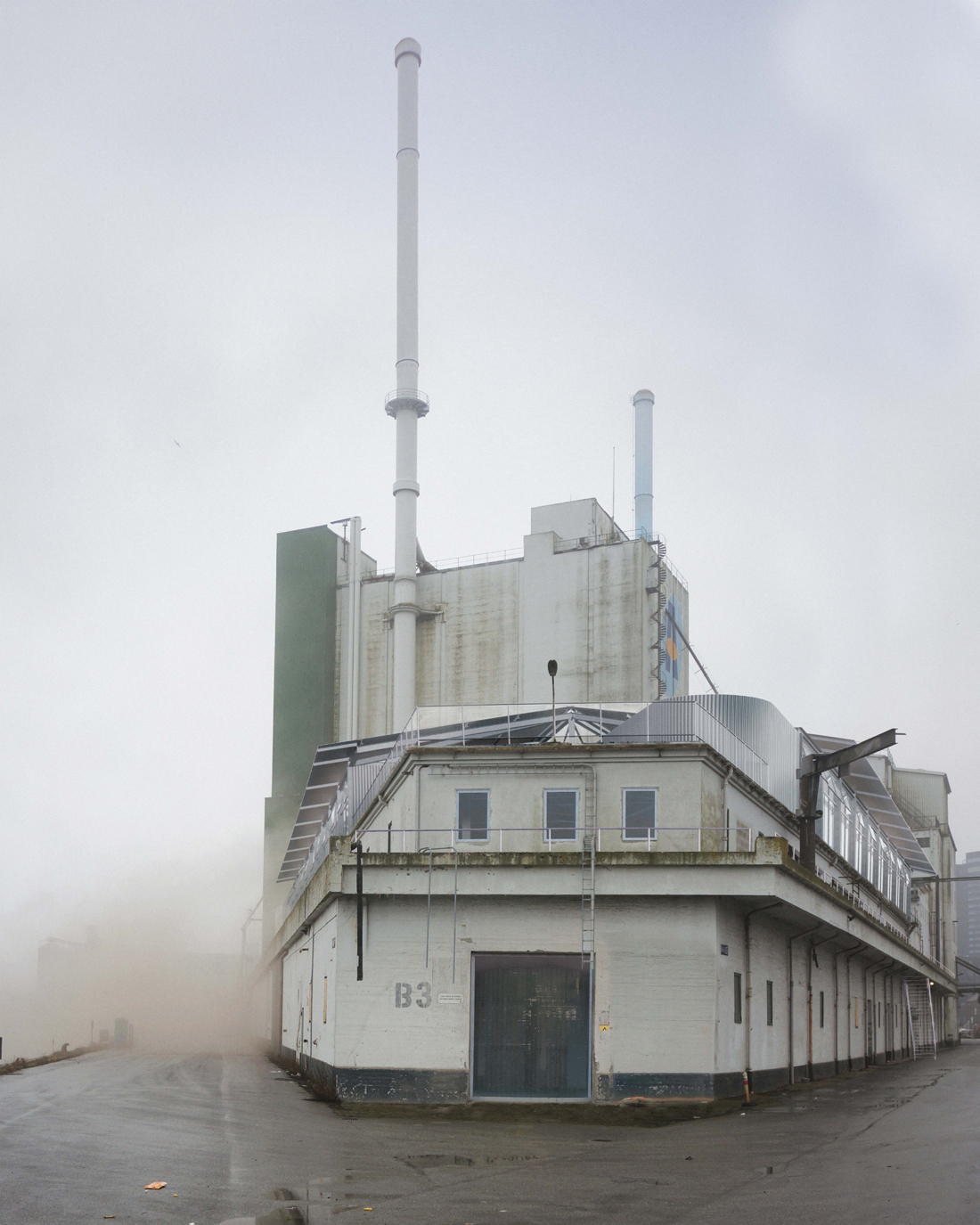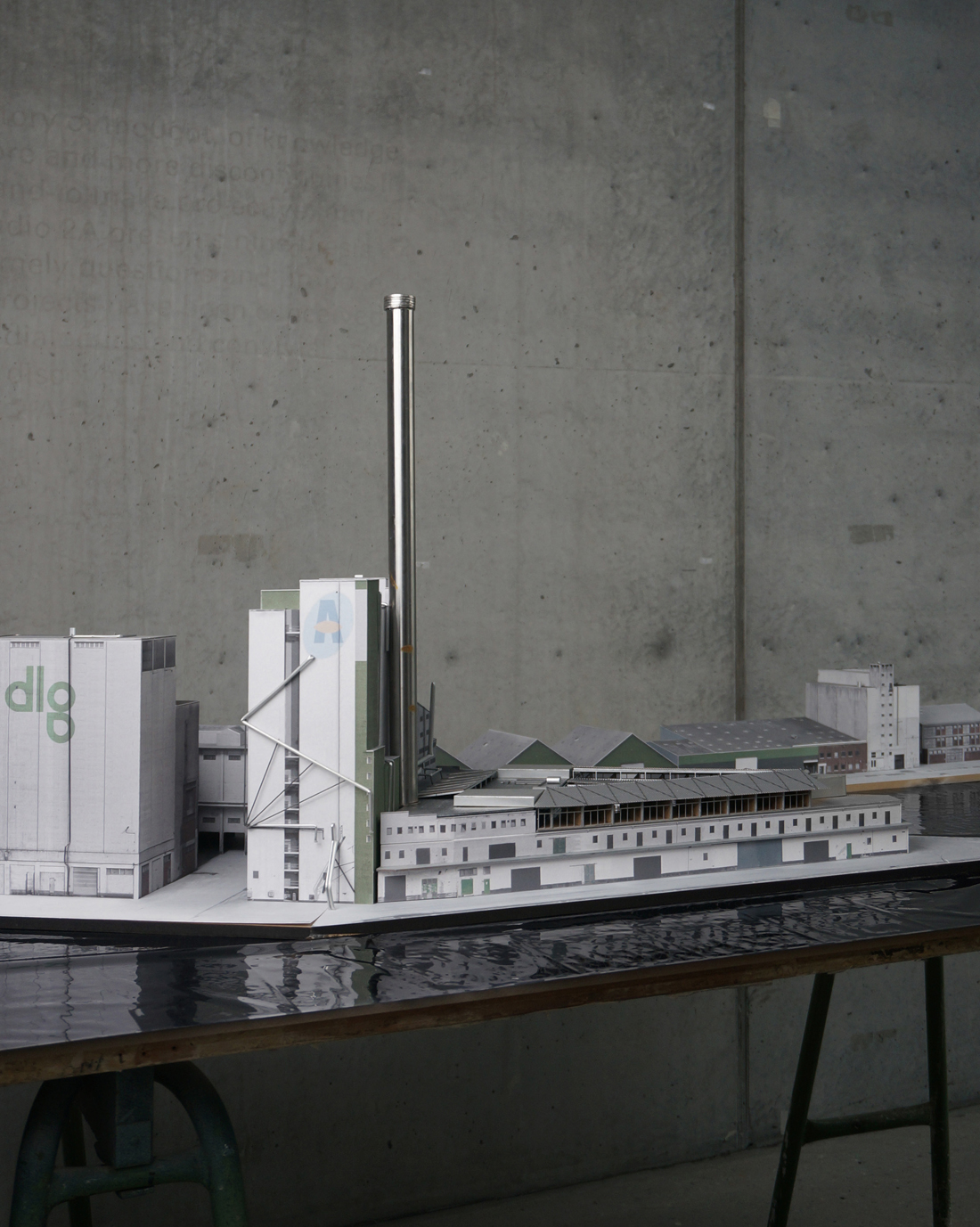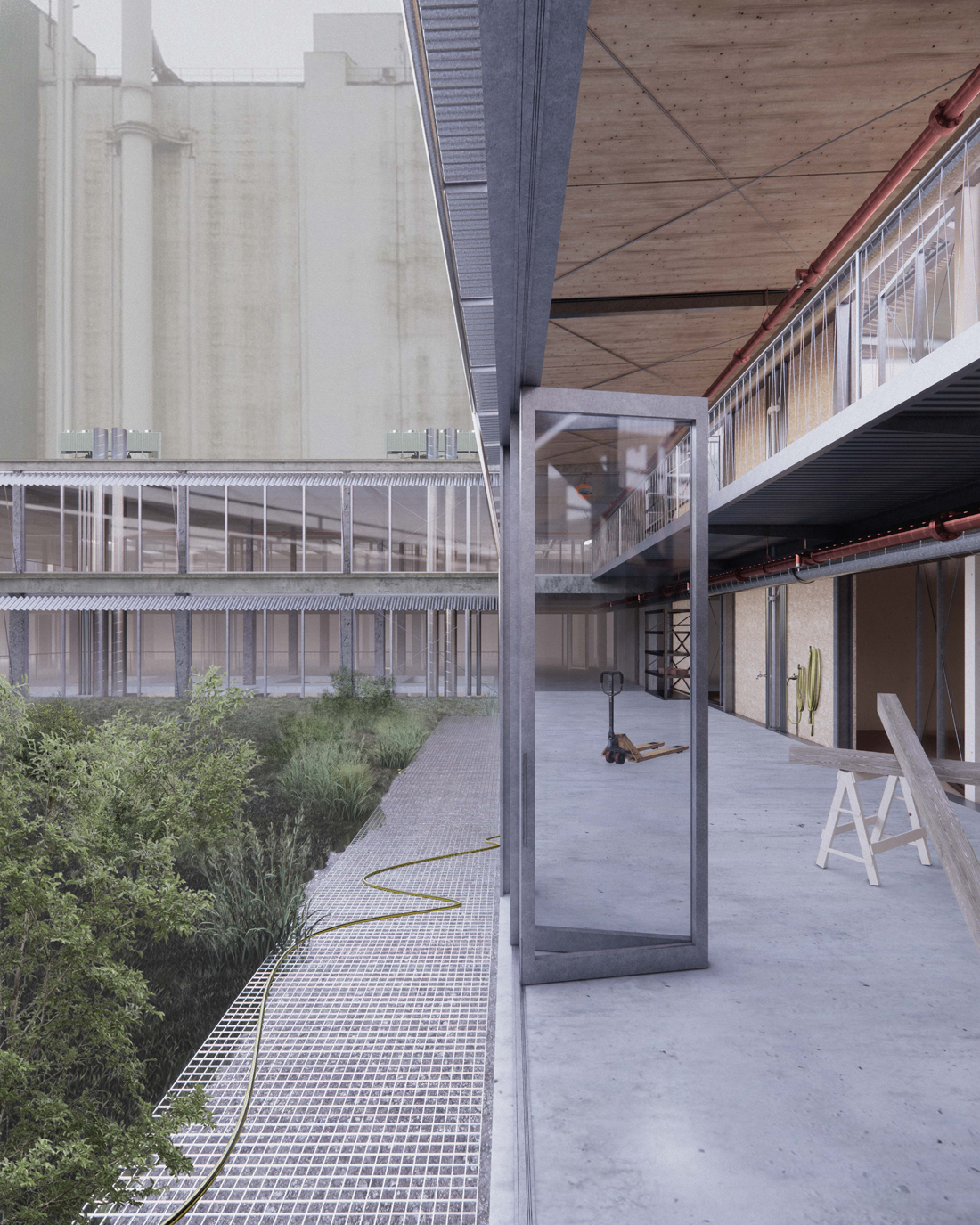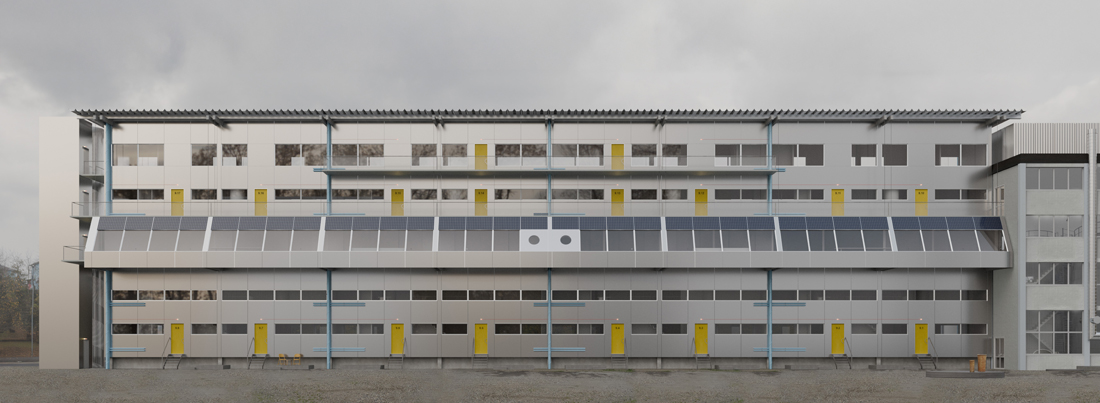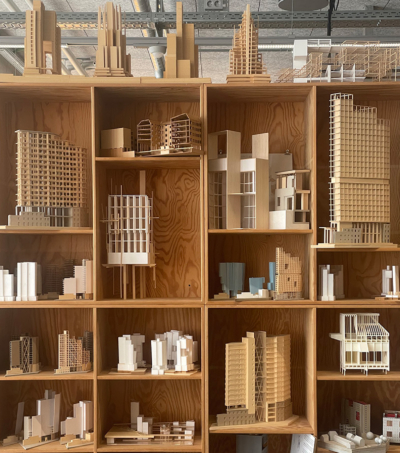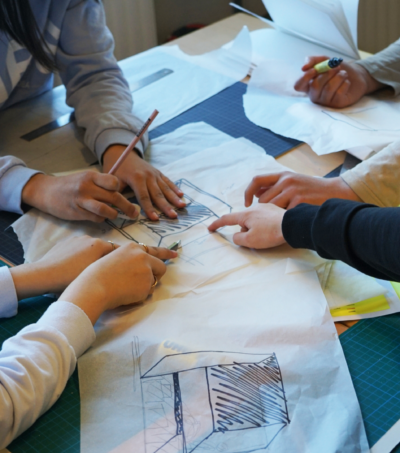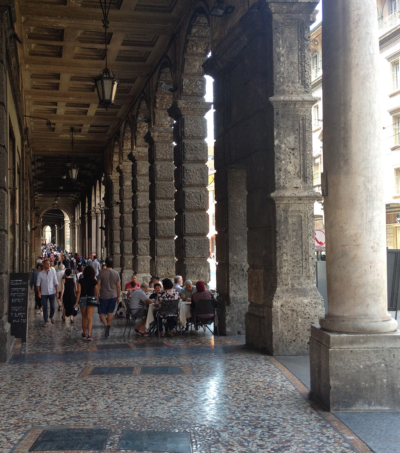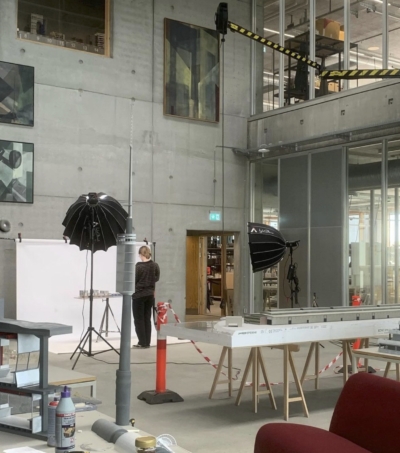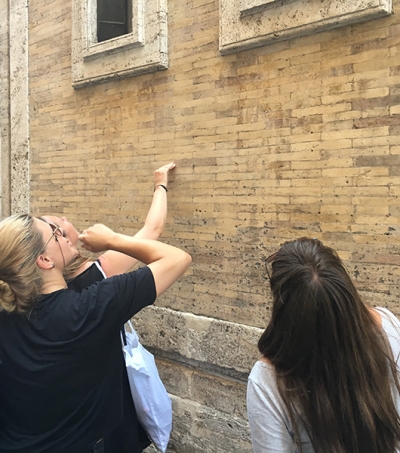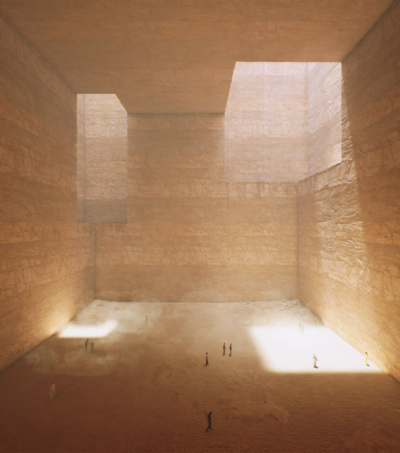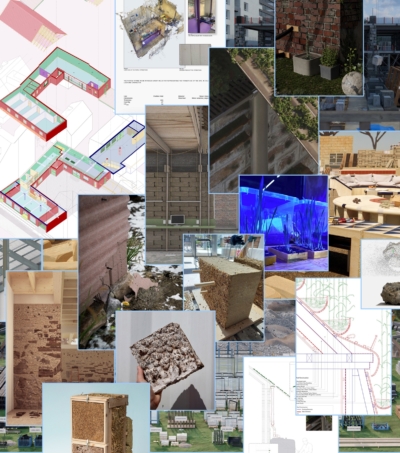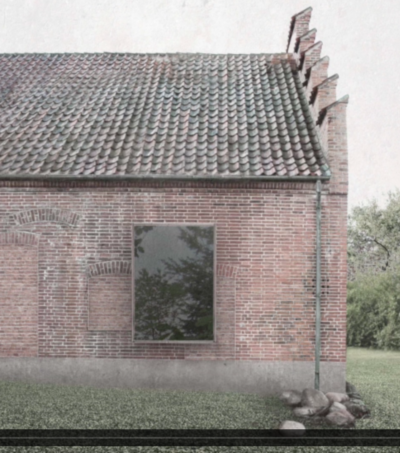 https://aarch.dk/wp-content/uploads/2018/10/Studio-1B.png
1072
1080
Signe Janderup
https://s3-eu-central-1.amazonaws.com/aarchdk/wp-content/uploads/2019/02/03164631/aarch-logo-dark.svg
Signe Janderup2024-09-30 08:16:532025-11-12 10:52:03Studio 1B: Cultural Heritage
https://aarch.dk/wp-content/uploads/2018/10/Studio-1B.png
1072
1080
Signe Janderup
https://s3-eu-central-1.amazonaws.com/aarchdk/wp-content/uploads/2019/02/03164631/aarch-logo-dark.svg
Signe Janderup2024-09-30 08:16:532025-11-12 10:52:03Studio 1B: Cultural HeritageTo conceive architecture as a spatial system is to engage with architecture as an operative field of relations rather than just a collection of spatial artefacts. It entails the ingenious articulation of principles that are relational, systemic, and capable of generating meaningful responses within specific cultural, material, and ecological environments. A system, by definition, is a constellation of interdependent elements whose interactions produce a coherent, dynamic whole.
Spatial systems, in this sense, are not merely arrangements of built form but thinking frameworks through which spatial logics are constructed and construed. They mediate the interactions of humans and non-humans alike, foregrounding the performative and affective capacities of space. Through such systemic thinking, architecture becomes a medium for addressing complex societal, cultural, and environmental conditions, translating them into intelligible and responsive structures.
The goal of the studio is to produce architectural methodologies that can support the development of intentional thoughts into architectural realities. In pursuing the goal, the studio aims towards regaining a larger control of the different instruments that affect building processes in such a way that critical thinking, building technologies and infrastructures can perform symbiotically. The studio focuses on developing carefully executed proposals that consider fundamental elements of architecture: material culture, spacial qualities, theory, history, structure and context. The studio encourages studies that enable candidates to gain maximum influence as future practicing architect, thus establishing close relations to practice and to the concrete apparatus of instruments that regulate it.
The studio is primarily taught in English by Gonçalo André Pires, Carolina Dayer and Antonio Bernacchi.
Relateret
MÅSKE ER DU OGSÅ INTERESSERET I DETTE

